He Silent Hill 2 Remake It only comes out today, but it's been almost two years since the the first system requirements appearedimmediately distressing our PCs so much that they started having their own nightmares about fog-covered cities and James Sunderland in an uncomfortable high-poly nurse outfit. Those requirements have since been reduced and has increased, and we now know for certain that nu-Silent Hill 2 is a tough client for performance, although it benefits greatly from just one or two key settings tweaks.
Their arsenal of weapons to attack hardware includes a seemingly non-negotiable requirement of 16GB of RAM. I tried to play with an 8 GB device. MSI Slim GF63 laptop and it wouldn't even start, plus our old friend Unreal Engine 5 stuttering. In the opposite corner, there is support for DLSS and FSR climbers, and the simple fact that certain low-quality setups don't… look that bad? I'm sure someone with more experience playing Silent Hill could better tell you how faithful this remake is to the original in spirit and mechanics, but on its own merits, there's no denying that SH2R is a great-looking horror game. As Last year's Dead Spacemakes good use of modern technology to set the mood, even if it's more about the disturbing and unsettling than the gory and gruesome.
Still, it could use some help on the frame rate front. Here, we'll look at how Silent Hill 2 runs on different levels of PC hardware, before delving into the options menu to see which settings are best for dimming.
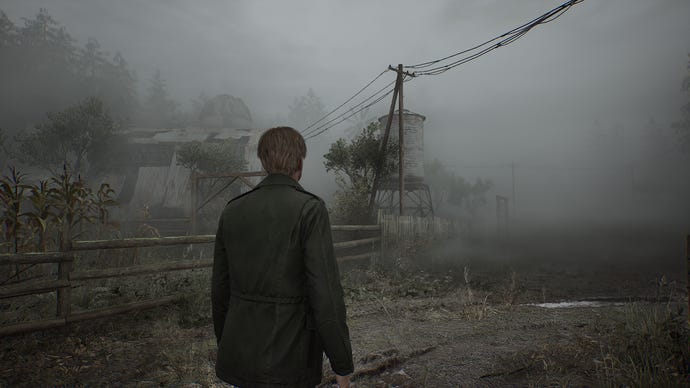
System Requirements and PC Performance for Silent Hill 2 Remake
First, a reminder of the updated minimum and recommended specifications. The first one no longer asks for a GeForce GTX 1080 (rejoice), but then it only leaves it in the GTX 1070 Ti. The AMD side of the minimum CPU requirement has actually increased, as has the demand for system RAM: it increased from 12GB to 16GB. The recommended list is largely unchanged, except that it no longer specifies Windows 11 as the operating system, so it won't be a sticking point if you've been putting off “upgrading” from Windows 10. Not that it's become an easy set of Specs, note: There's still that worrying need for an RTX 2080, supposedly only for high settings at 1080p.
Silent Hill 2 Remake minimum specifications for PC
- SW: 10×64 windows
- UPC: Intel Core i7-6700K / AMD Ryzen 5 3600
- RAM: 16 GB
- GPU: Nvidia GeForce GTX 1070 Ti / AMD Radeon RX 5700
- DirectX: Version 12
- Storage: 50 GB (SSD recommended)
Silent Hill 2 Remake Recommended PC Specs
- SW: 10×64 windows
- UPC: Intel Core i7-8700K / AMD Ryzen 5 3600X
- RAM: 16 GB
- GPU: Nvidia GeForce RTX 2080 / AMD Radeon 6800 XT
- DirectX: Version 12
- Storage: 50 GB (SSD recommended)
If it helps, know that you can bypass some of these specifications and still have a good time. I tested a GTX 1070 (admittedly, because I don't have a 1070 Ti) and at 1080p/Low, it averaged 47 fps in one of the most demanding sections of Silent Hill I could encounter. Even the Medium preset only brought it down to a more than playable 40fps.
However, that was with my test PC which met the 16GB RAM requirement, while also packing an over-spec CPU in the Intel Core i5-11600K. Aim also low, and you can and will have problems. Obviously, my 8GB laptop wasn't up to the task, even with its updated RTX 4050 GPU, and couldn't reliably keep me above 30fps on the steam cover any. It runs the game, bless it, and some parts are decently smooth with low settings and improved TSR, but no amount of configuration tweaking could save the Deck from major drops in the toughest areas.
To be fair, Silent Hill 2 isn't the kind of game that twists your arm and forces you to accept a climber. Running at the highest preset, Epic, at fully native 1080p, the RTX 4060 averaged 42 fps and the RTX 3070 averaged 46 fps. It's only at 1440p and above where DLSS and FSR feel truly essential, allowing these mid-tier cards to hold their own at both the highest resolution and maximum quality. With DLSS in Quality mode, the RTX 4060 and RTX 3070 managed to stay at 40 fps and 48 fps respectively.

As for the high-end kit, DLSS also boosted the RTX 4070 Ti to 70fps at 1440p/Epic, as well as 50fps at 4K. This goes to show that you don't need the best of breed to get ahead, although for the record, the RTX 4090 produced 72fps at the same 4K settings.
A quality implementation of DLSS and FSR suggests that the PC version of Silent Hill 2, despite its high requirements, was not a simple afterthought. Just like him ultrawide monitor support, something that was missing – temporarily either otherwise – from other recent big-budget PC releases. Still, the fact that many of these results don't comfortably break the 60fps mark is a reminder that it's aimed specifically at more powerful, or at least newer, desktops.
Not that having one will guarantee you avoid Silent Hill 2's stuttering, which seems to occur more and more as you make your way through its foggy streets and moldy floors. And the PC porting job isn't perfect either: scenes are capped at 30fps and FSR 3.0 is unusually limited in its hardware support. This might have helped get the Steam Deck over the line, but launching it on handheld causes this option to disappear, leaving only the (drastically inferior) FSR 1.0.
I'm not saying that the dreaded performance nightmare has really come true, but even if you're used to playing games on a 100Hz+ monitor, Silent Hill 2 will be a serious test for your hardware. Especially if you insist on keeping the settings as high as possible. Although in that sense…

Silent Hill 2 Remake Best Settings Guide
I'm not entirely sure if it's a good or bad thing that more and more games (including this one) are narrowing the quality gap between their highest and lowest settings. On the one hand, you can reduce certain settings for the resulting speed increase, knowing that you're not destroying the aesthetics at all, but if a low setting is still rich in detail, that increase could be little more than a listless nudge.
Silent Hill 2 has extra performance at its lowest settings: compared to Epic's preset 42fps on the RTX 4060 at 1080p, dropping to Low changed the average to 58fps, which will appear smoother to anyone with trained eyes more basic. However, it is also strange that very few individual quality environments contribute to this.
Typically, I would run all of these individual settings, comparing them one by one to see exactly how many frames they could extract from my test PC when it was down. In this case, however, you'd end up writing “This did nothing” more than a dozen times, which wouldn't be fun for either of you. This time, then, let's backtrack, starting with what I would consider the best Silent Hill 2 builds and examining the hows and whys afterwards.
- Supersampling: DLSS in Quality or TSR in Low
- Shadow quality: Half
- Shader quality: Half
- Global Motion Blur: Off
- Everything else: Epic Preset Equivalent
…Aaaaaaand that's it. Honestly, the vast majority of the performance difference between presets seems to come down to shadows and shaders. Lowering the shadow settings, alone, to Medium, saw my RTX 4060 jump to an average of 46 fps, while the shaders on Medium gave me 48 fps, just shy of the Full Low preset. Almost everything else, from textures to effects, SSAO and reflections, either didn't add any frames at their respective Low settings, or only added a paltry 1-2 fps each. So why bother reducing them?
As usual, DLSS wins the quality upscaling competition and is worth enabling even at 1080p. TSR, the engine's built-in scaler, is a reasonable-looking alternative for those without GeForce RTX graphics cards; FSR 3.0 is a little faster, but doesn't preserve fine detail as well as TSR does, even with the latter on Low.
Finally, a word about ray tracing, because Silent Hill has it too. As you can imagine, it eats up frames when they're already scarce: my RTX 4060 dropped from 42fps to 34fps with RT enabled in native 1080p. It's also only a modest improvement, the most notable change being the lack of strange glare on the glass panels:
By setting ray tracing to those custom settings, the RTX 4060 could still output 54 fps, which is fine. But I'd rather enjoy the velvety 68fps this GPU achieved without those fancy effects, a result that beats even the Low preset when running at native resolution. And you don't need a recent GPU to take advantage of these settings: the greyish GTX 1070 hit 65fps, with TSR replacing DLSS.







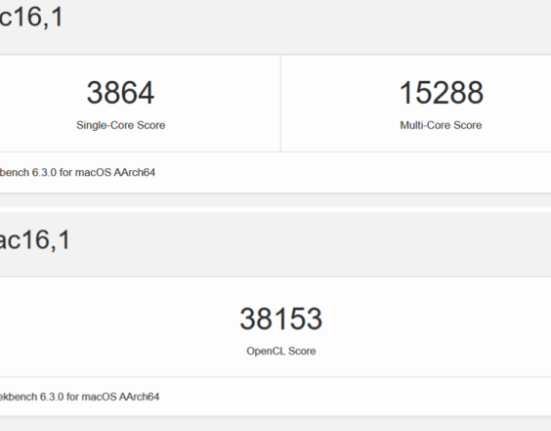
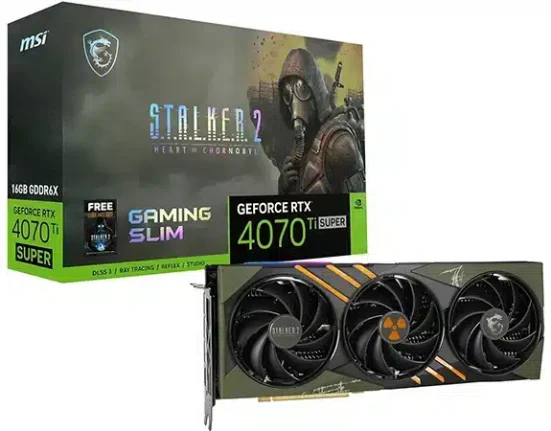

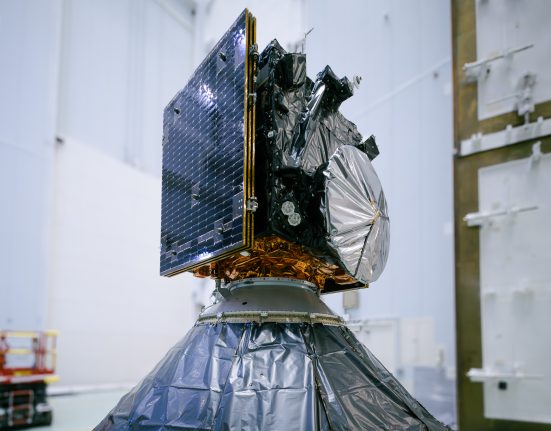

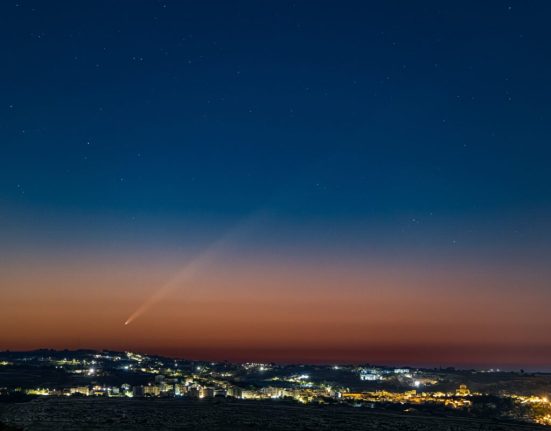
Leave feedback about this